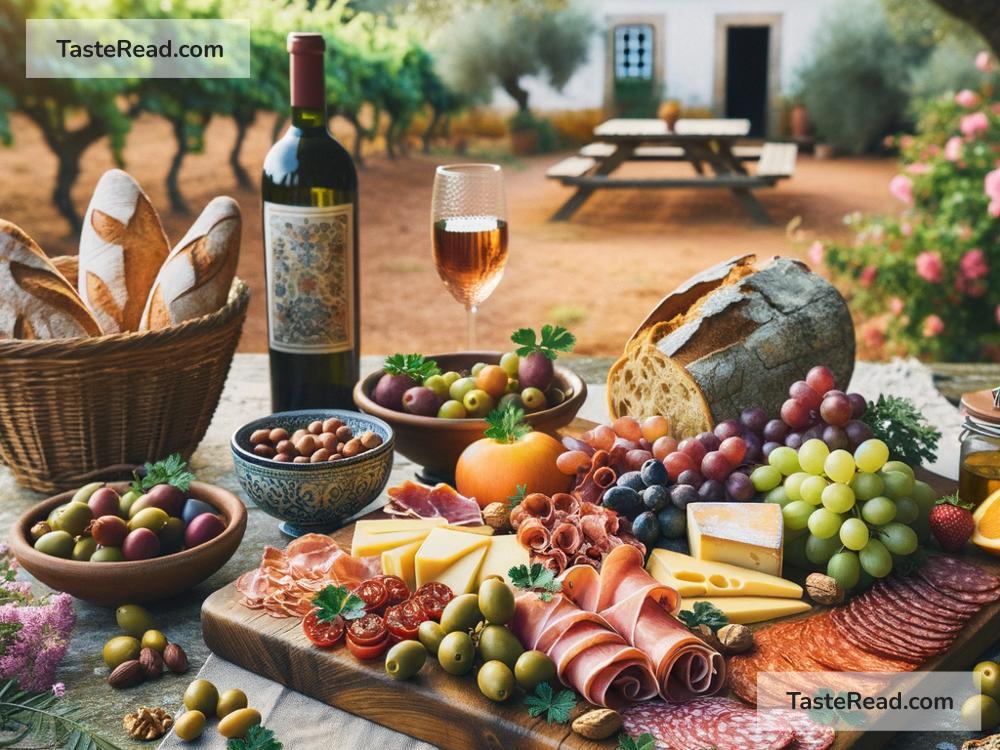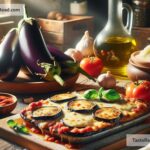Discovering Rustic Artisanal Charcuterie Boards in Alentejo, Portugal
If you’re looking for a unique combination of great food, gorgeous landscapes, and a quiet atmosphere, Alentejo in Portugal might be the perfect destination. Known for its rolling hills, vineyards, and historic villages, Alentejo offers visitors a chance to slow down and enjoy life’s simple pleasures. One of these pleasures is artisanal charcuterie boards made with local ingredients and served with a rustic touch. Let’s explore how a simple board of cured meats, cheeses, bread, and accompaniments can tell the story of Alentejo’s rich culinary traditions.
What Are Charcuterie Boards?
If you’re not familiar with charcuterie boards, think of them as a creative platter of finger foods meant for sharing. Typically, they feature cured meats like ham, sausages, and salami. They’re paired with cheeses, bread, olives, seasonal fruits, nuts, and spreads like honey or tapenade. It’s not just about the food—it’s about the way it’s arranged, creating an experience as beautiful as it is tasty. While charcuterie boards are trending worldwide, Alentejo serves up its own rustic, artisanal versions that highlight the region’s flavors and traditions.
Alentejo’s Culinary Character
Alentejo is often called the “breadbasket of Portugal,” and for good reason. The region produces high-quality ingredients, from olive oil to wine and handcrafted cheeses. Locals take pride in their traditional recipes, many passed down through generations. The food of Alentejo is hearty and unpretentious—perfect for creating charcuterie boards that feel authentic and rustic.
One of Alentejo’s signature products is presunto, Portugal’s version of cured ham. Presunto is made using a slow curing process that allows the ham to develop deep, complex flavors. Another highlight is linguiça, a smoked sausage often seasoned with paprika, garlic, and herbs. Pair these with regional cheeses like Queijo de Évora, made from sheep’s milk and aged for a sharp, tangy taste.
The Art of Crafting a Rustic Charcuterie Board
What sets Alentejo’s charcuterie boards apart is their artisanal approach. Instead of presenting it in a modern, polished style, locals lean into their countryside roots. Here’s what makes them special:
-
Locally Made Ingredients: Every item on the board is sourced from the surrounding area. The bread is often baked fresh in wood-fired ovens, the olive oil comes from nearby orchards, and the cheese is handmade on small dairy farms.
-
Seasonal Produce: Grapes, figs, and other fruits picked fresh from the orchards are common additions. These seasonal elements keep the boards dynamic and full of flavor.
-
Simple Presentation: Alentejo charcuterie boards are not overdone. They’re served on rustic wooden platters, often without fancy garnishes. It’s all about letting the ingredients shine.
-
Pairing with Wines: Alentejo produces some of Portugal’s best wines, including rich reds and crisp whites. Pairing your charcuterie board with a local wine adds depth to the experience. For example, try a bottle of Vinho Regional Alentejano, made with native grape varieties.
How to Enjoy Authentic Charcuterie Boards in Alentejo
If you’re visiting Alentejo, finding authentic charcuterie boards is surprisingly easy. Many restaurants, wine bars, and family-run establishments take pride in serving them. However, one of the best ways to enjoy this culinary tradition is by visiting local wineries. Many vineyards in Alentejo offer wine tastings paired with charcuterie boards that showcase regional specialties.
Here are a few tips to make the experience even more memorable:
-
Visit a Traditional Village: Discover small towns like Monsaraz, Évora, or Arraiolos. These historic villages often have restaurants serving regional food, including charcuterie boards.
-
Go to a Market: Explore local markets and pick out ingredients yourself. You can easily craft your own charcuterie board with presunto, cheeses, bread, and olives purchased directly from local vendors.
-
Try Something Unexpected: Alentejo charcuterie boards sometimes include unique items like wild boar sausage or rosemary-infused honey. Keep an open mind and savor the variety.
-
Enjoy the Scenery: Whether you’re at a winery or on a patio overlooking the countryside, take the time to appreciate Alentejo’s peaceful setting. A charcuterie board feels even more special when paired with good company and beautiful views.
Why Rustic Feels Right
In many ways, Alentejo’s rustic approach to charcuterie boards mirrors the region itself—simple, timeless, and connected to nature. You won’t find extravagant concepts here, and that’s what makes it special. Each board reflects the heart and soul of the region, from the passion of the cheese maker to the careful curing by local artisans.
Make It a Memory
If you’re planning a trip to Portugal, don’t overlook the charms of Alentejo. Beyond its landscapes and history, this region offers a unique gateway into Portuguese food traditions. A rustic charcuterie board is more than a meal—it’s a memory in the making. So take your time, enjoy every bite, and let the flavors of Alentejo stay with you long after your journey comes to an end.
Would you like another slice? Let Alentejo surprise you at every turn!


